Measles, caused by the highly contagious measles virus, is a concerning infectious disease that primarily affects children but can affect individuals of any age. It spreads through respiratory droplets and can lead to a range of distressing symptoms. The initial signs often mimic those of a common cold, including fever, cough, and runny nose, but distinct red spots, known as Koplik’s spots, soon develop inside the mouth. As the illness progresses, a characteristic red, blotchy rash spreads across the body, marking a critical stage of the infection.
While measles can be a serious condition, especially for those with weakened immune systems, there are effective treatment approaches to alleviate symptoms and facilitate recovery. These measures encompass rest, hydration, and fever-reducing medications to manage discomfort. Additionally, vitamin A supplements play a crucial role in reducing the risk of complications. This comprehensive guide will delve into the causes, and symptoms, and provide a detailed overview of ten effective treatments to combat measles and promote a swift recovery. Understanding these facets is essential in both prevention and management, particularly in regions where measles remains a prevalent health concern.

Measles is an acute viral infection marked by fever, cough, runny nose, and a recognizable red rash. It is brought on by the highly contagious measles virus. It is one of the most contagious diseases known to man because it is easily transmitted by respiratory droplets. Small white spots within the mouth known as Koplik’s spots frequently follow the initial symptoms, which resemble those of a normal cold.
Within days, a red, blotchy rash emerges, starting on the face and gradually spreading down the body. Measles can lead to complications, especially in vulnerable populations such as infants, pregnant women, and those with weakened immune systems. These complications can range from ear infections and pneumonia to more severe outcomes like encephalitis or even death.
Vaccination remains the most effective means of prevention, with the measles-mumps-rubella (MMR) vaccine providing long-lasting immunity. Global vaccination efforts have significantly reduced measles-related mortality, but outbreaks can still occur, underscoring the importance of maintaining high vaccination rates and vigilance in public health measures.
Also Read: The Benefits of Tofu: Best Diabetes-Friendly Food, Part 12
Diabetes Cure | Best Mediterranean Chickpea Salad | Part 11
Innovative Grilled Salmon Recipes | Diabetes Cure | Part 10
Diabetes Cure | Delicious Barley Vegetable Soup | Part 9
Delicious Gooseberry Chutney | Diabetes Cure | Part 8
Exquisite Lentil Salad | Diabetes Cure Recipes | Part 7
Best Diabetes Cure | Grilled Fish Recipes | Part 6
Best Diabetes Cure | Brazil Nuts Recipes | Part 5
Best Diabetes Cure | Greek Yogurt Smoothie Recipes | Part 4
Best Diabetes Cure | Greek Salad Recipe | Part 3
Powerful Diabetes Cure Recipes | Detox Island Green Smoothie | Part 2
Best Diabetes Cure | Curd Rice Recipe | Part 1
Common Symptoms of Measles:
Here are some measles symptoms given below:
Fever: Often one of the initial signs, with temperatures rising above 101°F (38.3°C).
Cough: Persistent coughing can develop, resembling symptoms of a cold or respiratory infection.
Runny Nose: Profuse nasal discharge is a common early symptom.
Koplik’s Spots: Small white spots with bluish-white centers may appear inside the mouth.
Red, Blotchy Rash: A distinctive rash emerges, starting behind the ears and on the face before spreading down the body.
Watery Eyes: Eyes may become red, irritated, and sensitive to light.
Sensitivity to Light: Photophobia, or discomfort in bright light, can occur.
Malaise: Generalized feeling of discomfort, fatigue, and unwellness.
Loss of Appetite: Reduced interest in eating is common.
Swollen Lymph Nodes: Enlarged lymph nodes, particularly in the neck and behind the ears, may be felt.
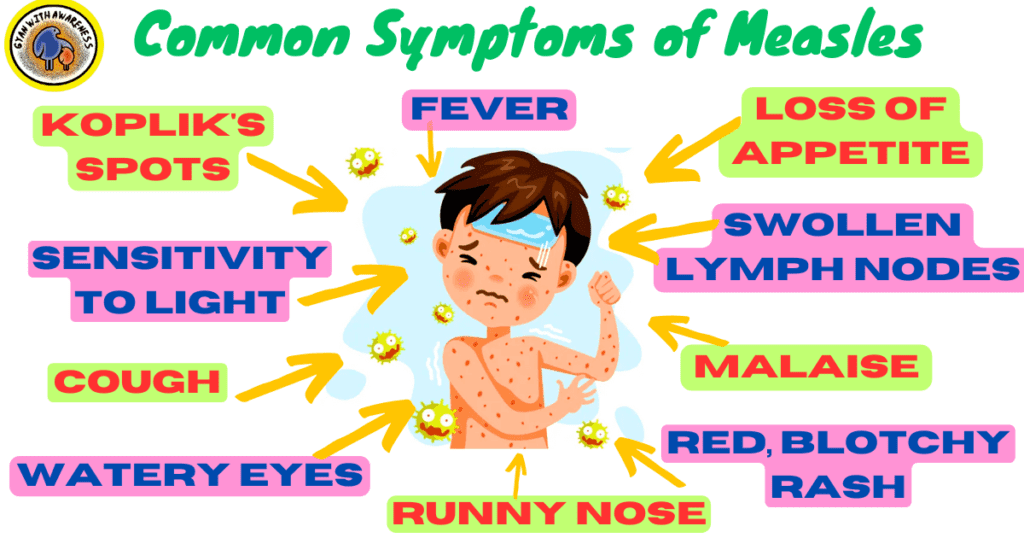
Causes of Measles: Understanding the Transmission
Here the reason is given below, how Measles causes:
Measles Virus: The Morbillivirus, often known as the measles virus, is what causes the disease.
Extremely Contagious: The virus is highly contagious and spreads quickly from one person to another.
Respiratory Droplets: When a measles patient coughs, sneezes, or talks, respiratory droplets are released into the air.
Airborne Transmission: Because the virus may hang suspended in the air for long periods, enclosed areas make it particularly contagious.
Direct Contact: Direct contact with respiratory secretions from an infected individual, such as touching contaminated surfaces and subsequently the face, can also spread measles.
Approximately four days before the commencement of the rash to four days after it starts, infected individuals can spread the virus.
High Reproductive Number: Measles has a high basic reproductive number (R0), indicating that one infected person can potentially infect many others in an unvaccinated population.
Susceptibility: People who are unvaccinated or have not previously had measles are susceptible to the virus.
Vulnerable Populations: Infants, pregnant women, and those with weakened immune systems are at higher risk of contracting and experiencing severe complications from measles.
Vaccination: Widespread vaccination, such as the measles-mumps-rubella (MMR) vaccine, is the most effective means of preventing measles outbreaks and reducing transmission.
Indications for Seeking Medical Attention:
High fever: If a measles patient gets a fever that rises beyond 104°F (40°C), medical care is required.
Breathing Problems: If you are having trouble breathing or feel as though you could be getting out of breath, get medical attention right away.
An evaluation by a doctor is necessary if you have a severe cough that is chronic, disruptive to your breathing, or that causes coughing fits.
Dehydration: Seek immediate medical assistance if you experience symptoms of dehydration such as extreme thirst, dry mouth, dark urine, or lethargy.
Severe Fatigue: If the individual becomes excessively weak, lethargic, or unable to perform normal activities, medical evaluation is vital.
Vomiting: Persistent or severe vomiting, especially if it prevents the individual from keeping down fluids, necessitates medical intervention.
Change in Consciousness: Any alteration in consciousness, such as confusion, drowsiness, or difficulty waking up, requires immediate medical assessment.
Seizures: If the individual experiences seizures, it is imperative to seek urgent medical attention.
Worsening Rash: Medical attention is essential if the measles rash spreads, blisters, or becomes extremely infected.
Immune System Compromise: If a person has a compromised immune system as a result of a disease or medication, they should seek immediate medical attention from a doctor.
Measles Vaccine History:
The history of the measles vaccine is a testament to the remarkable progress in immunology and public health. In 1963, an American virologist named John Enders successfully isolated the measles virus, a crucial step in vaccine development. This breakthrough paved the way for the creation of the first measles vaccine by John Enders and his colleagues, which was licensed in 1963.
In 1968, a more effective and safer version known as the live attenuated measles vaccine (LAV) was introduced. This vaccine, when administered in two doses, provided long-lasting immunity. The World Health Organization (WHO) launched global vaccination campaigns in the late 20th century, significantly reducing measles-related mortality.
In 1971, the measles vaccine was combined with vaccines for mumps and rubella, creating the measles-mumps-rubella (MMR) vaccine. This combined vaccine has since become a cornerstone of childhood immunization programs worldwide.
The introduction of the measles vaccine has been instrumental in drastically reducing the incidence of measles, saving countless lives, and preventing severe complications associated with the disease. It stands as a pivotal achievement in modern medicine and public health.
Here are measles rash pictures given below:
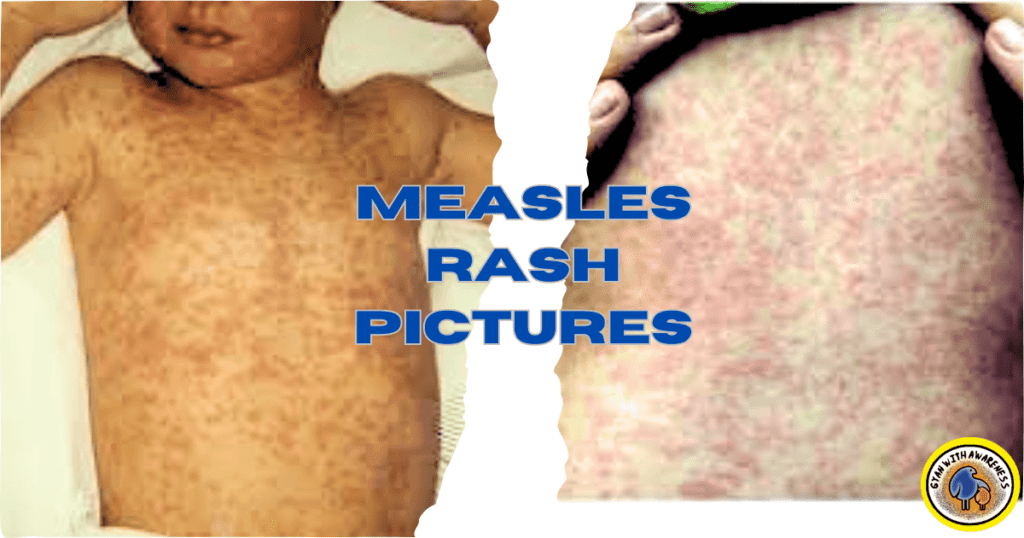
THE HISTORY MEASLES OUTBREAK GIVEN BELOW-
The history of measles outbreaks traces back centuries, with documented cases dating as far back as the 9th century. However, the widespread impact of measles outbreaks became more pronounced in the 20th century. Before the introduction of vaccines, measles was a common childhood illness, affecting millions annually.
In the 1950s and 1960s, before the availability of the measles vaccine, large-scale outbreaks were prevalent. These outbreaks often resulted in significant morbidity and mortality, particularly among children and infants.
The introduction of the measles vaccine in the 1960s marked a turning point. Through widespread vaccination efforts, many countries successfully reduced measles incidence. Nevertheless, some regions faced challenges in achieving high vaccination coverage, leading to occasional outbreaks, especially in communities with lower immunization rates.
In recent years, efforts to improve vaccination coverage and address pockets of susceptibility have been a priority in global health initiatives. Despite these endeavors, occasional outbreaks still occur, underscoring the importance of sustained vaccination efforts and public health vigilance. Timely and comprehensive vaccination remains a crucial tool in preventing and controlling measles outbreaks.
Measles Outbreak Ohio:
In recent history, Ohio experienced a significant measles outbreak, highlighting the persistent threat of this highly contagious virus. The outbreak occurred in 2019 and was one of the most substantial outbreaks in the United States in over two decades. It primarily affected communities with lower vaccination rates, emphasizing the importance of immunization in preventing such outbreaks.
The outbreak began when an unvaccinated traveler brought the virus into the state, sparking a chain of transmission within susceptible populations. Over several months, the virus spread across various counties in Ohio, leading to multiple confirmed cases. Health authorities swiftly mobilized to contain the outbreak, implementing measures such as vaccination clinics, public health education, and contact tracing.
This outbreak in Ohio served as a poignant reminder of the critical role of vaccination in maintaining herd immunity and preventing the resurgence of vaccine-preventable diseases. It underscored the need for continued efforts to promote vaccination and address barriers to immunization to safeguard public health and prevent future outbreaks.
Measles Outbreak in Michigan 2019:
An important public health worry in 2019 was the measles epidemic in Michigan, which served as a reminder of the value of vaccination in halting the spread of this incredibly contagious virus. An individual who had traveled abroad and afterward contracted measles was the source of the outbreak. This guy went to several public locations, perhaps exposing many people to the infection.
Over the following weeks, a series of confirmed measles cases emerged, leading health officials to declare an outbreak. The affected individuals ranged in age, and the outbreak affected both vaccinated and unvaccinated individuals. The state health department promptly implemented measures to control the outbreak, including targeted vaccination campaigns, public health advisories, and contact tracing efforts.
This outbreak in Michigan served as a stark reminder of the potential consequences of declining vaccination rates. It highlighted the need for robust immunization programs and public awareness campaigns to ensure herd immunity and protect vulnerable populations. Additionally, it emphasized the critical role of swift public health responses in containing outbreaks and preventing further transmission.
Ayurvedic Approaches for Managing Measles:
Ayurveda, the ancient system of traditional Indian medicine, offers holistic approaches to managing it. However, it’s important to note that Ayurvedic treatments should be used in conjunction with conventional medical care, especially in severe cases. Here are ten Ayurvedic approaches for managing it:
1. Tulsi (Holy Basil) Decoction:
Boil tulsi leaves in water, then cool and administer to help boost immunity.
2. Neem Leaves Paste:
Applying a paste of neem leaves on the skin can help alleviate itching and soothe the rash.
3. Triphala Powder:
Mixing Triphala powder with honey or water can aid in digestion and boost overall health.
4. Turmeric Milk:
Consuming warm milk with a pinch of turmeric helps reduce inflammation and boost immunity.
5. Ginger Tea:
Ginger’s anti-inflammatory properties can provide relief from fever and body aches.
6. Bhringraj Oil Application:
Applying Bhringraj oil to the scalp can help alleviate headaches and promote overall well-being.
7. A sandalwood and saffron paste:
Applying saffron and sandalwood paste to the rash will calm the skin.
8. Eyewash made with Triphala:
Washing your eyes with a Triphala solution will help you avoid ocular complications from measles.
9. Guduchi, an extract of Tinospora cordifolia:
Consuming the extract might boost immunity and speed up recuperation.
10. Balanced nutrition and rest:
By maintaining a balanced diet and obtaining enough sleep, you can help the body’s natural healing processes.
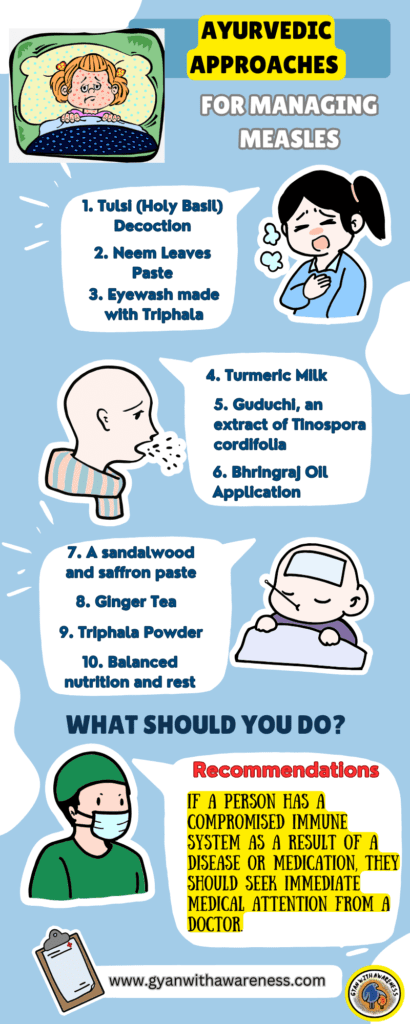
Ayurveda offers a range of holistic approaches for managing measles, aiming to bolster the body’s natural defenses and alleviate symptoms. These traditional remedies, when used in conjunction with conventional medical care, can provide a complementary avenue for recovery. However, it is crucial to approach Ayurvedic treatments with caution and under the guidance of a qualified practitioner, especially in severe cases it.
Additionally, while Ayurveda provides valuable insights into natural healing methods, it is essential to acknowledge the importance of evidence-based medical interventions in serious illnesses like measles. Seeking timely and appropriate medical attention, including vaccination, remains the cornerstone of measles prevention and management. Balancing Ayurvedic wisdom with modern medical practices ensures a comprehensive and effective approach to health and well-being. Ultimately, a holistic approach that embraces both Ayurvedic principles and conventional medicine can lead to optimal outcomes for individuals affected by it.
In conclusion, the extremely contagious measles virus that causes the disease still poses a serious threat to world health. The fact that respiratory droplets are its main method of transmission highlights how crucial immunization is to halting outbreaks. There are now much fewer cases of measles and its sequelae because of the accessibility of safe and effective immunizations.
There is currently no known treatment for it, although supportive care, water, and rest are essential in promoting the body’s natural immune response. Particularly in sensitive populations, vitamin A supplementation is essential for minimizing symptoms’ severity and possible repercussions.
The health effects can range from mild to severe, with potential complications including pneumonia, encephalitis, and in rare cases, death. Prompt medical attention and vaccination efforts are essential in mitigating these risks.
In light of recent outbreaks, ensuring high vaccination coverage and maintaining public health measures are imperative. By understanding the causes, seeking early medical intervention, and promoting vaccination, we can collectively work towards minimizing the impact of measles on global public health.
FAQ:
List three signs or symptoms indicative of measles.
There are three symptoms or indicators that point to it, including:
It frequently comes with a high temperature, which can soar to 104°F (40°C) or even higher.
A recognizable rash that starts on the face and spreads down the body often occurs a few days after the fever. It is red and blotchy.
Cough and Runny Nose: At first, its symptoms may resemble those of a cold, such as coughing and a runny or stuffy nose.
How do you treat measles?
Supportive care is the main method used to treat it. Among them are:
Rest: Enough sleep is essential for the body to heal.
Water intake: It’s important to keep the person hydrated.
The inconvenience can be reduced by using over-the-counter fever reducers.
Supplemental vitamin A is crucial for preventing problems, especially in more susceptible populations.
Isolation: Infected people should be kept apart to stop the spread of the disease.
How long does measles last?
It typically lasts for about 7 to 10 days from the onset of symptoms. However, the entire course of the illness can vary depending on several factors. The first symptoms, including fever, cough, runny nose, and red eyes, generally appear about 10 to 14 days after exposure to the virus. Shortly after, a distinctive red rash emerges, starting on the face and then spreading down the body.
While the rash is a prominent sign of measles, it’s important to note that the fever often persists for a few days after the rash appears. In some cases, complications such as pneumonia or encephalitis can occur, leading to a longer recovery period.

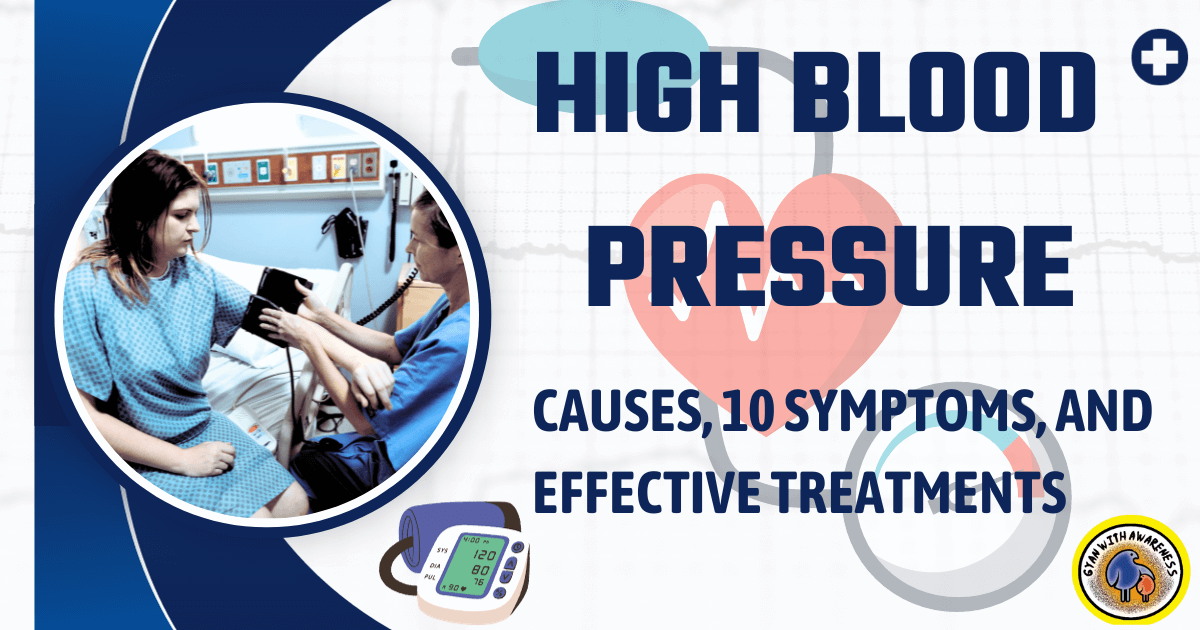
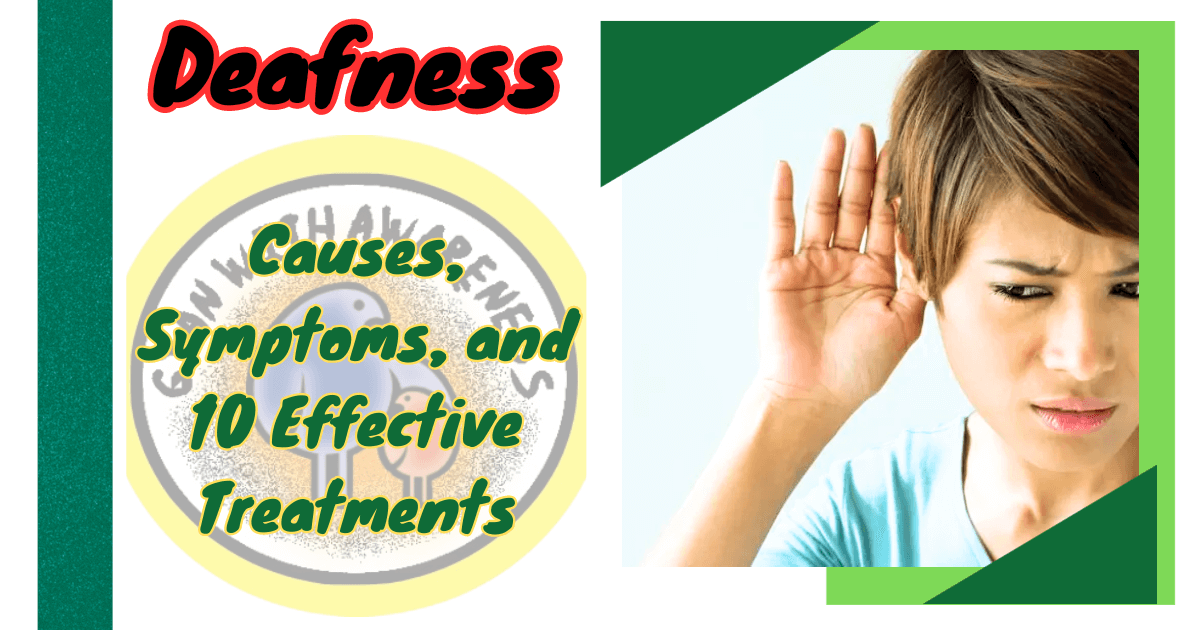
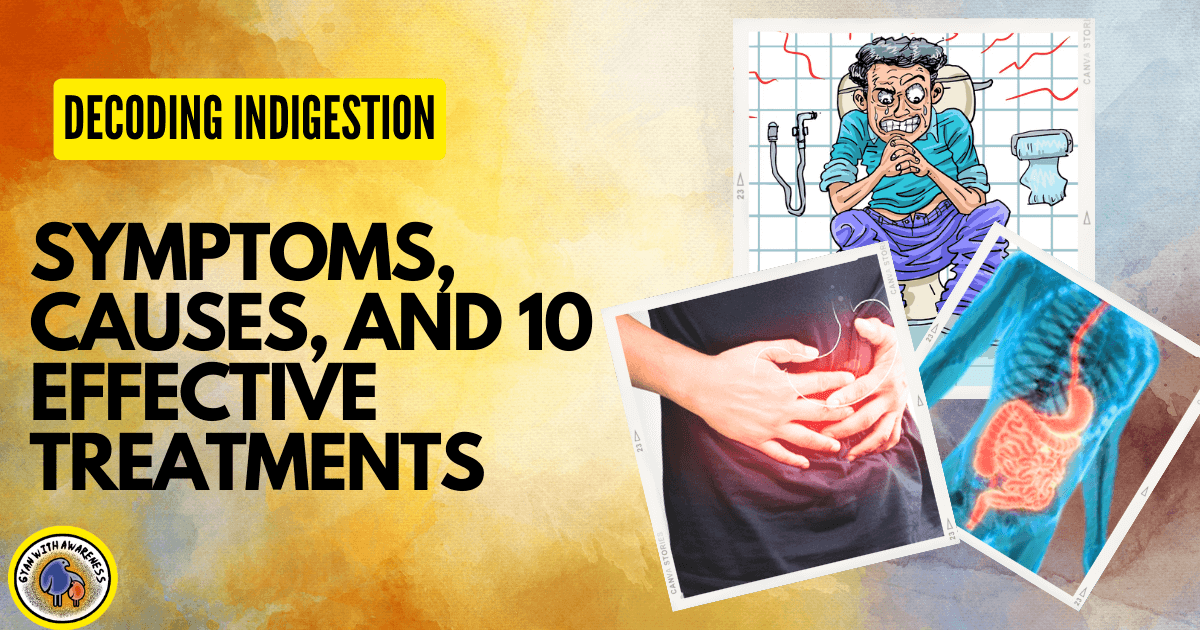
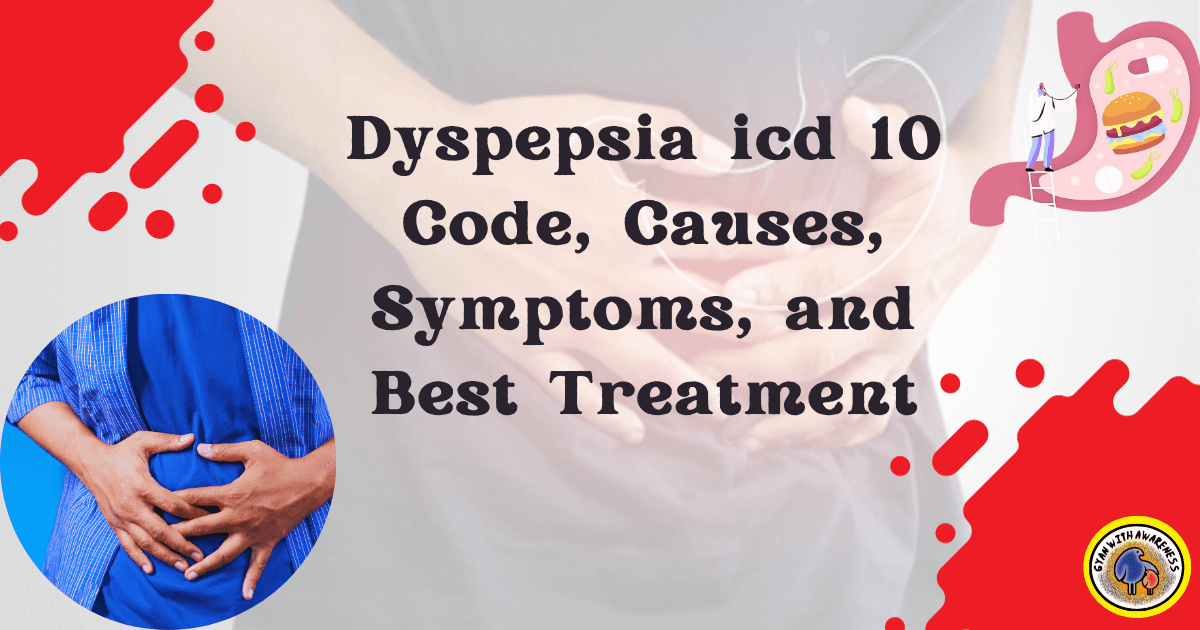

2 thoughts on “Measles: Causes, Symptoms, and 10 Effective Treatments”